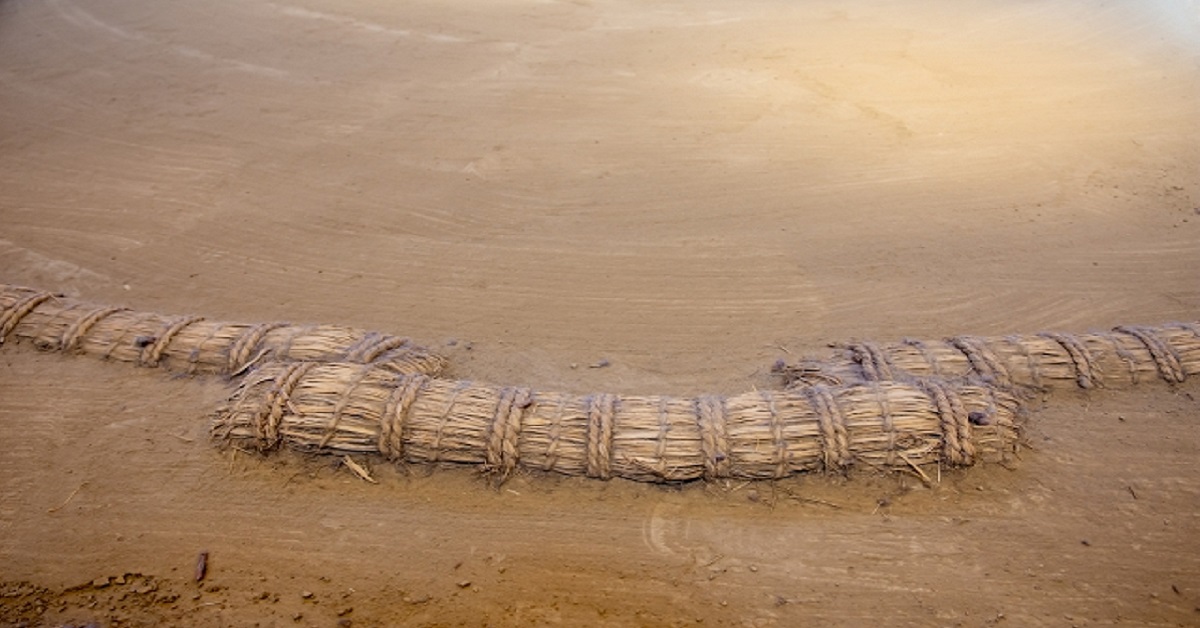A sumo stable is more than just a training facility — it is the heart of a wrestler’s daily life, where discipline, tradition, and skill development come together. In this unique environment, wrestlers of all ranks live side by side, sharing meals, chores, and intense training sessions. Understanding how a sumo stable functions offers a deeper appreciation for Japan’s national sport.
What Is a Sumo Stable?
A sumo stable is a facility where wrestlers belong, live, and train. It is managed by an oyakata (stablemaster and former professional wrestler) who belongs to the Japan Sumo Association. In addition to wrestlers, assistants, referees (gyoji), and ushers (yobidashi) may also live there. The stable typically includes a training hall, dormitories, dining hall, and bathing facilities, allowing training and daily life to be closely intertwined.
| Item | Details |
|---|---|
| Operator | Oyakata (former wrestler) |
| Main Residents | Wrestlers, assistants, referees, ushers |
| Facilities | Training hall, dining hall, dormitory, bath |
| Affiliation | Japan Sumo Association |
| Purpose | Wrestler training and preservation of sumo traditions |
Daily Life in a Sumo Stable
Life in a sumo stable follows strict rules and habits, with training starting early in the morning. Lower-ranked wrestlers wake up earlier to prepare the training hall and clean. After training, they eat chanko-nabe, a high-nutrition hotpot, and in the afternoon they rest or perform chores.
| Time | Main Activities |
|---|---|
| 5:00~ | Wake up, clean, prepare training hall |
| 6:00~ | Morning training |
| 11:00~ | Meal (chanko-nabe) |
| Afternoon | Rest, chores, going out |
| Night | Free time, bedtime |
Role Distribution and Hierarchy
A strict ranking hierarchy exists in sumo stables, based on the official sumo ranking list (banzuke). The higher the rank, the fewer daily chores, allowing more focus on training, while lower-ranked wrestlers handle most of the chores.
| Rank | Main Roles |
|---|---|
| Makuuchi Wrestlers | High freedom, focus on training |
| Juryo Wrestlers | Supported by assistants |
| Below Makushita | Chores, meal preparation, cleaning |
Training Content
Training aims at building basic physical strength and mastering techniques. Common practices include shiko (leg stomps), suri-ashi (sliding footwork), and butsukari-geiko (practice collisions). Correct posture is emphasized to prevent injuries.
| Training | Purpose |
|---|---|
| Shiko | Lower-body strength, balance |
| Suri-ashi | Mastery of weight transfer |
| Butsukari-geiko | Impact strength, match feel |
| Torikumi-geiko | Match simulation |
How to Join a Sumo Stable
To join a stable, one must meet the Japan Sumo Association’s criteria, receive the stablemaster’s approval, and pass an official examination. Most recruits join after junior high or high school, beginning a strict period of physical and mental training.
| Requirement | Details |
|---|---|
| Age | Under 23 (exceptions possible) |
| Education | Junior high school graduate or above |
| Physical Size | Height 167cm+, weight 67kg+ (guideline) |
| Health | Medical confirmation of suitability |
Conclusion
A sumo stable is not just a training hall — it is a place that supports every aspect of a wrestler’s life, teaching sumo spirit, manners, and discipline. Within strict rules, wrestlers compete and grow together, preserving Japan’s national sport. Understanding the structure and daily life of a sumo stable allows fans to enjoy watching sumo with deeper appreciation.





コメント